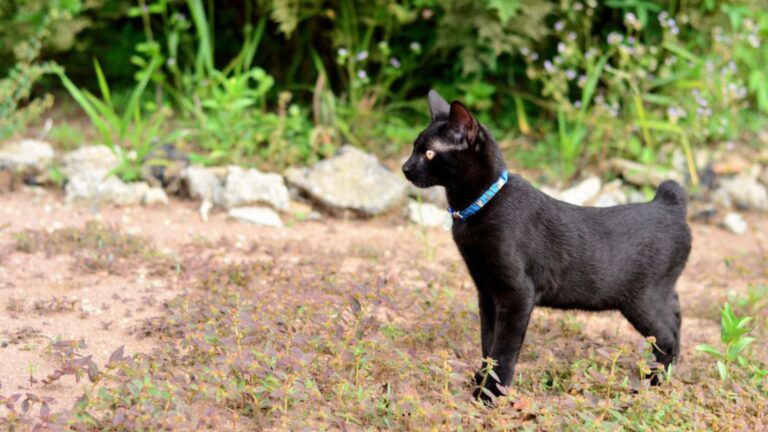Why Do Most Mammals Have Five Fingers?
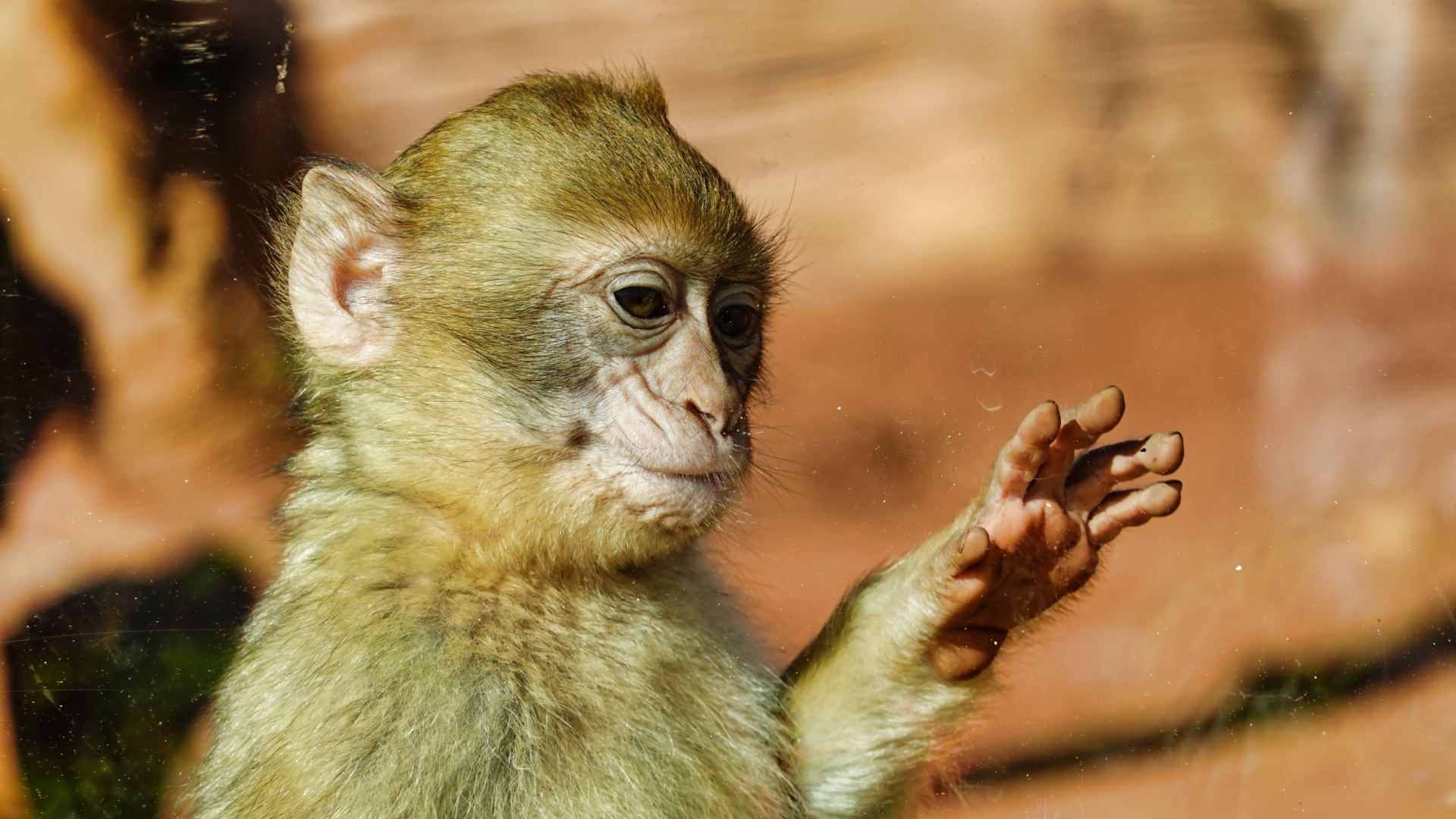
Ever wondered why most mammals have five fingers? This curious fact has fascinated scientists and laypeople alike for generations.
From evolutionary benefits to developmental biology, the reasons are as diverse as they are intriguing.
Join us on this exploration of compelling reasons behind the five-finger phenomenon, unraveling the complexities of nature and evolution while maintaining a friendly, engaging tone.
1. Evolutionary Advantage
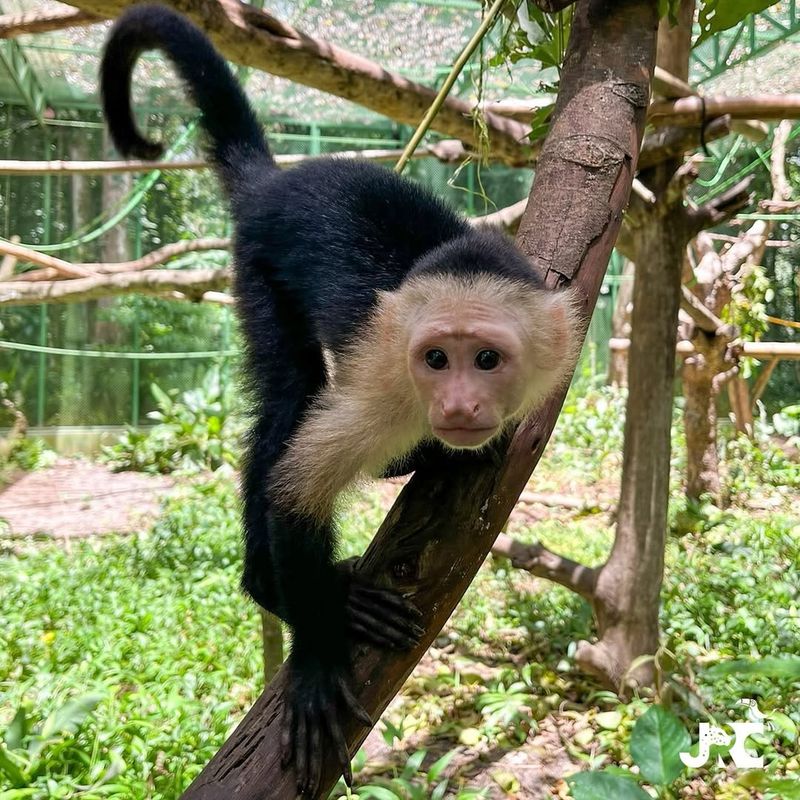
Did you know that having five fingers offered an evolutionary edge? This structure allowed ancient mammals to perform a variety of tasks.
It enabled grasping, climbing, and manipulating objects, which were crucial for survival. Evolutionary adaptations favored those with five fingers, enhancing their ability to interact with their environment.
Over time, this design became widespread among mammals. Today, the five-finger configuration is a testament to nature’s ingenuity, illustrating how small changes can lead to significant evolutionary success.
2. Developmental Biology
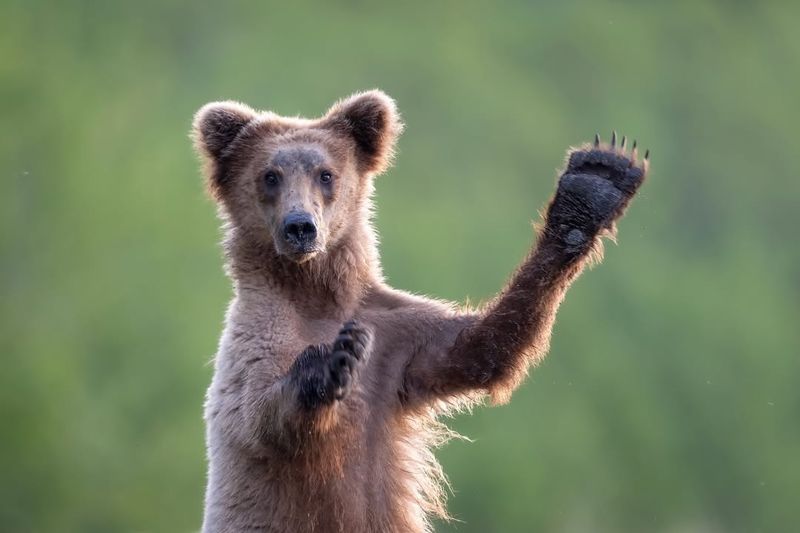
The five-finger pattern in mammals starts taking shape early in embryo development. During this stage, special genetic instructions guide the formation of limbs and digits.
These signals ensure that five separate fingers or toes grow in the right way. The pattern has remained over time because it works well for many different species.
It’s an amazing process that shows how carefully nature builds living things.
3. Flexibility And Functionality

The five-finger arrangement allows for remarkable dexterity. This configuration provides a balance between strength and precision, enabling mammals to perform diverse tasks.
Fingers can grasp, hold, and manipulate objects with ease. This adaptability is essential for survival in varying environments.
The combination of flexibility and functionality showcases evolutionary brilliance, allowing mammals to thrive.
4. Balance And Stability
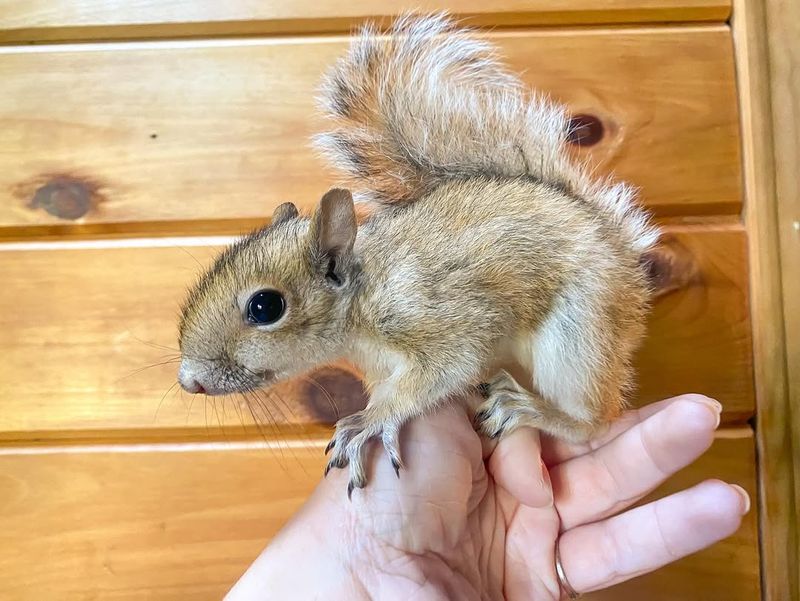
Ever pondered how five fingers aid in balance? They play a crucial role in providing stability. The distribution of weight across five points offers enhanced balance.
This is especially important for animals traversing challenging terrains. It ensures they can maneuver obstacles with ease.
The stability offered by this configuration is vital for survival. Balance and stability are key components in navigating the natural world.
5. Versatility Across Species

The five-finger design is found in many animals, not just humans. Bats have adapted their fingers to form wings, while primates use them to grasp and climb.
This shared structure shows how versatile and adaptable five fingers can be. Different species have transformed this basic design to fit their unique lifestyles.
It’s a powerful example of how evolution shapes a single pattern to serve many purposes.
6. Historical Roots
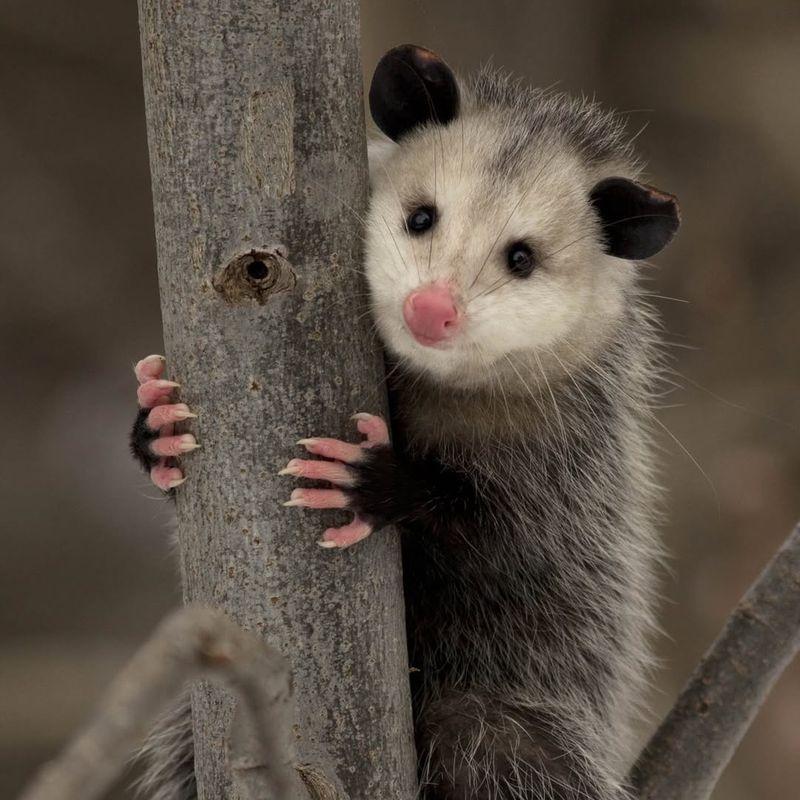
The story of five fingers traces back to ancient times. Fossils reveal early ancestors with similar limb structures.
These historical roots highlight the longevity of this design. It has withstood the test of time, proving its effectiveness.
The preservation of this trait through millennia showcases its evolutionary success. It’s a fascinating journey through history, observing how ancient creatures laid the foundation for modern mammals.
7. Genetic Consistency
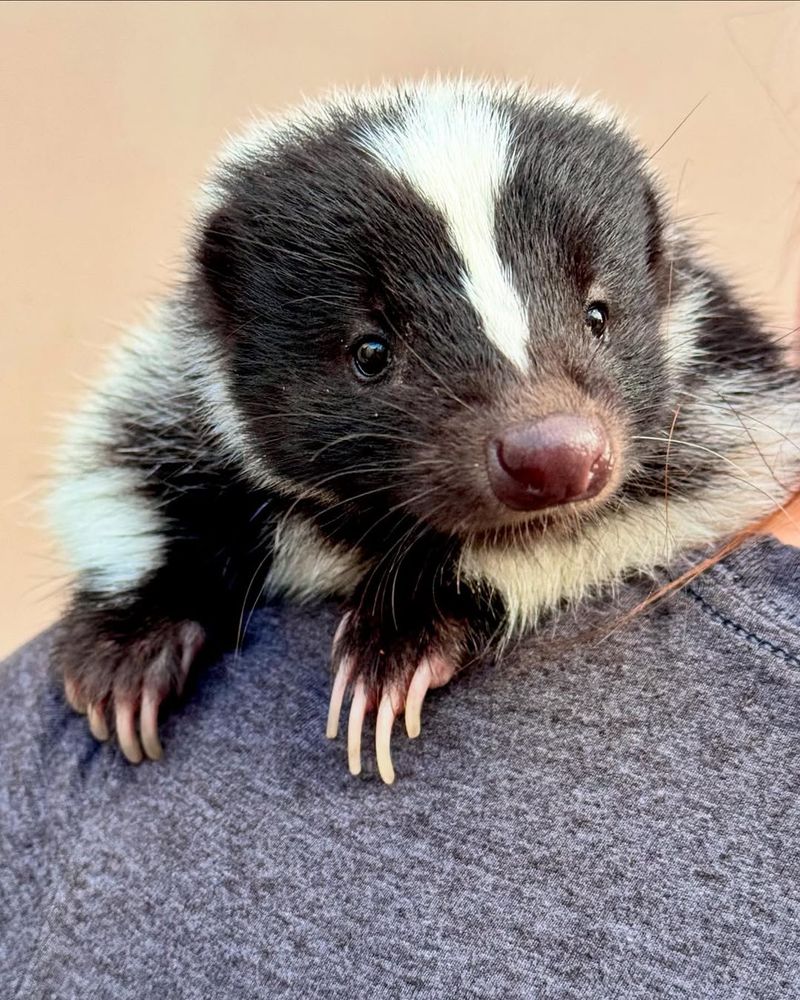
Genetics play a pivotal role in the development of five fingers. Specific genes ensure this pattern is consistent across species.
This genetic consistency is vital for maintaining functional limbs. It ensures each species can develop the necessary tools for survival.
The reliability of genetic instructions highlights the precision of evolutionary processes. Genetic consistency underscores the importance of five fingers in mammalian life.
8. Functional Redundancy
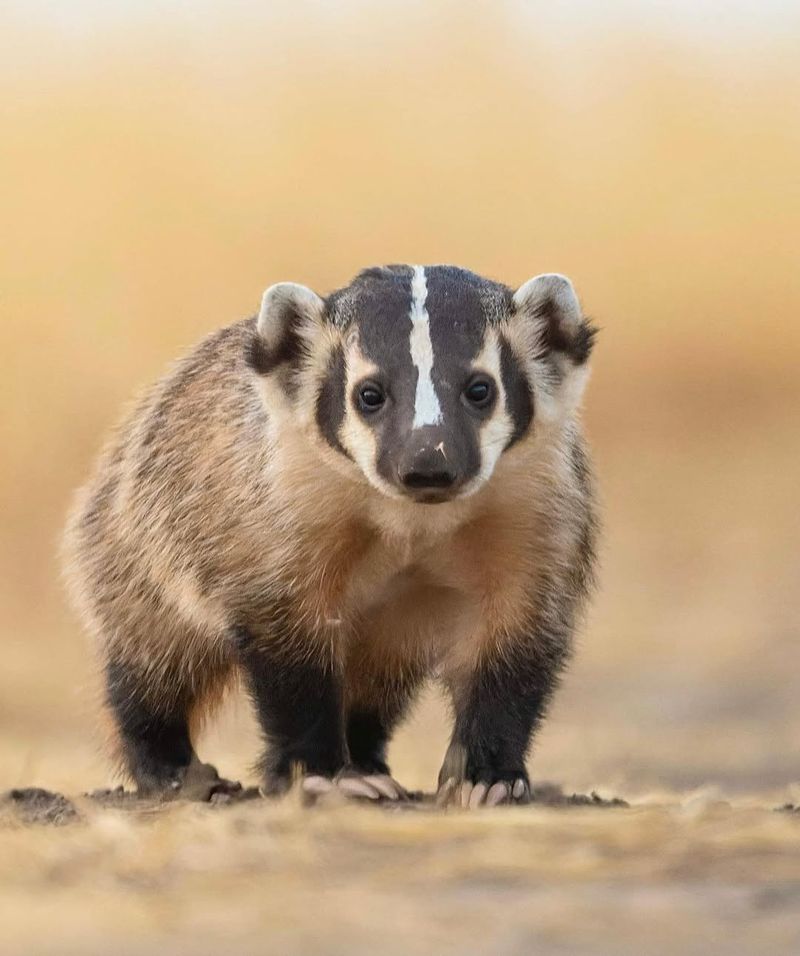
Having five fingers gives animals functional redundancy, meaning if one finger is injured, the others can take over. This allows them to keep using their hands or paws even when hurt.
Such redundancy is vital for survival, helping animals adapt to different challenges. Five fingers act as a built-in backup system, keeping essential tasks possible under stress.
It’s a clever evolutionary solution that adds resilience and strength to the way mammals interact with their environment.
9. Ergonomic Design

The ergonomic design of five fingers enhances grip and manipulation. This structure allows for comfortable and effective handling of objects.
Whether it’s holding tools or interacting with the environment, the design is efficient. This ergonomic advantage is evident in everyday tasks.
The thoughtful design is a prime example of nature’s engineering prowess. Ergonomics play a crucial role in the functionality and comfort of mammalian limbs.
10. Evolutionary Bottleneck

The five-finger pattern may have emerged from an evolutionary bottleneck, where only species with this trait managed to survive. As a result, the five-finger design became a standard feature passed down through generations.
This shows how certain traits can become widespread, not just through advantage but also through survival circumstances. The concept of an evolutionary bottleneck reveals how chance and necessity can shape the course of life.
It’s a powerful reminder of evolution’s complexity and unpredictability.
11. Environmental Adaptation
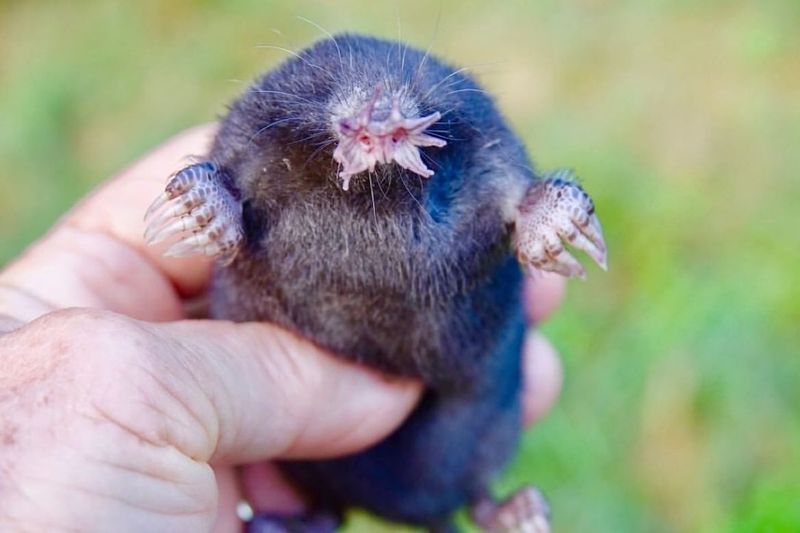
Different habitats required unique adaptations. The five-finger design offered a versatile solution. It allowed mammals to interact effectively with their surroundings.
From climbing trees to digging burrows, this structure supported diverse survival strategies.
Environmental adaptation showcases the dynamic relationship between organisms and their habitats.
12. Cultural Significance

Five fingers hold cultural significance that goes beyond biology. Ancient art frequently shows humans and animals with five fingers, reflecting how deeply this trait is recognized.
These depictions connect us to our ancestors and reveal shared human experiences across time. The presence of five fingers in cultural symbols highlights their importance in shaping human identity and storytelling.
This adds a rich, symbolic layer to our understanding of a simple but powerful anatomical feature.






